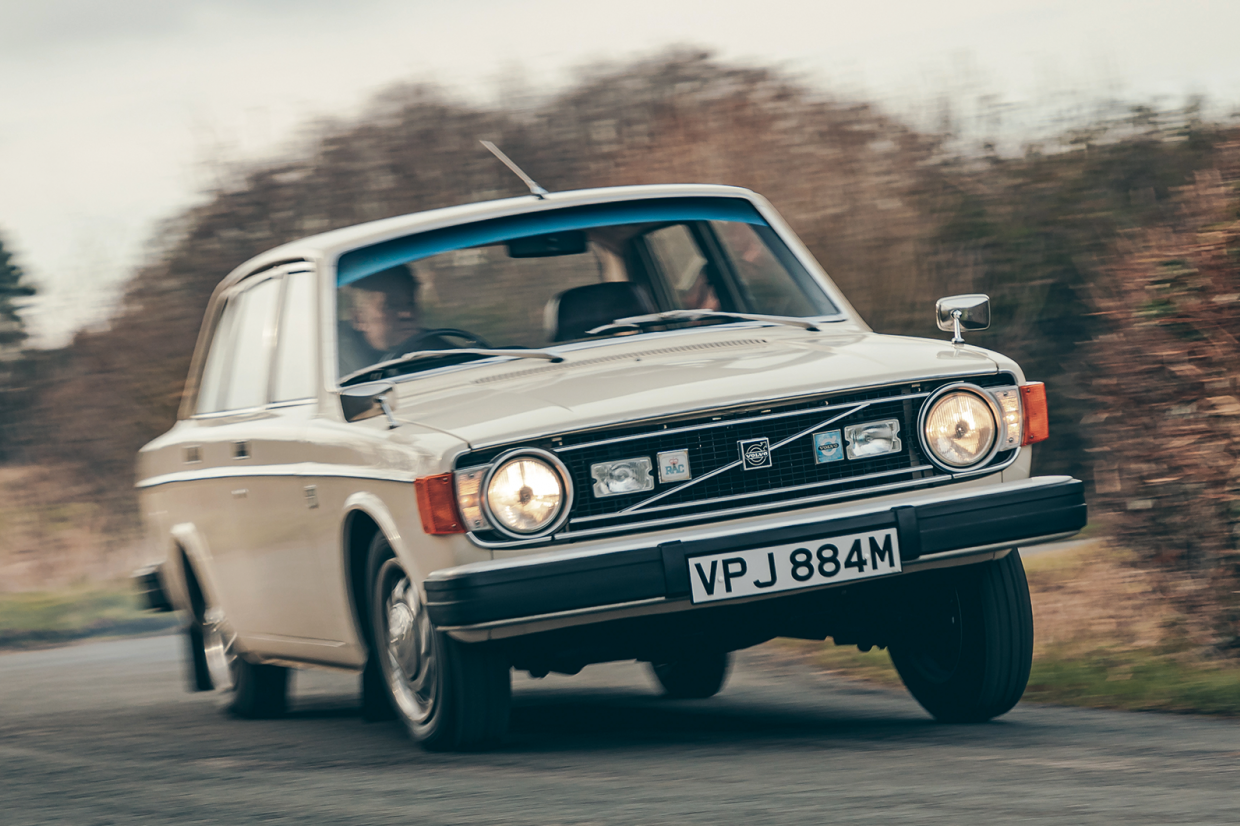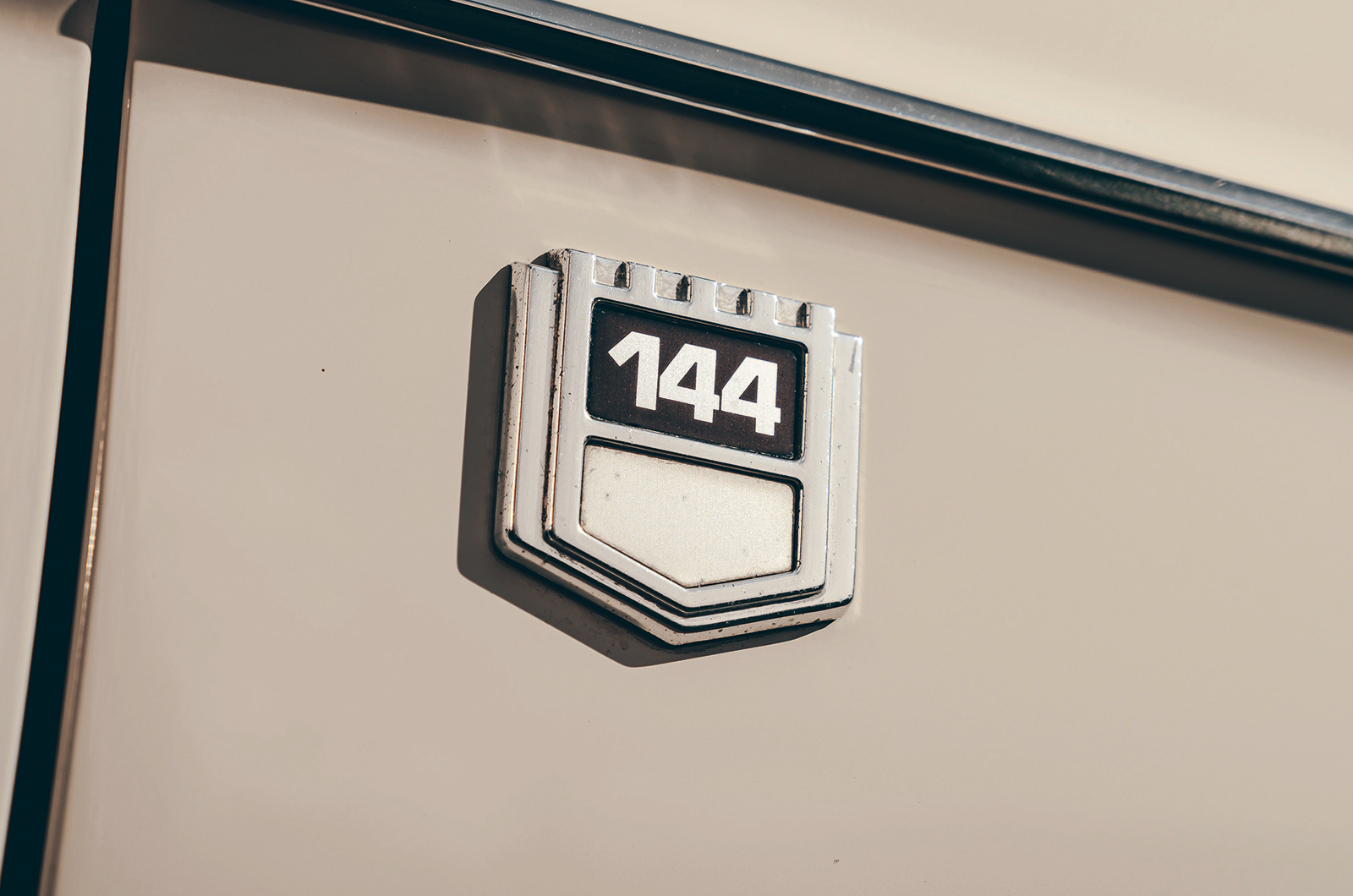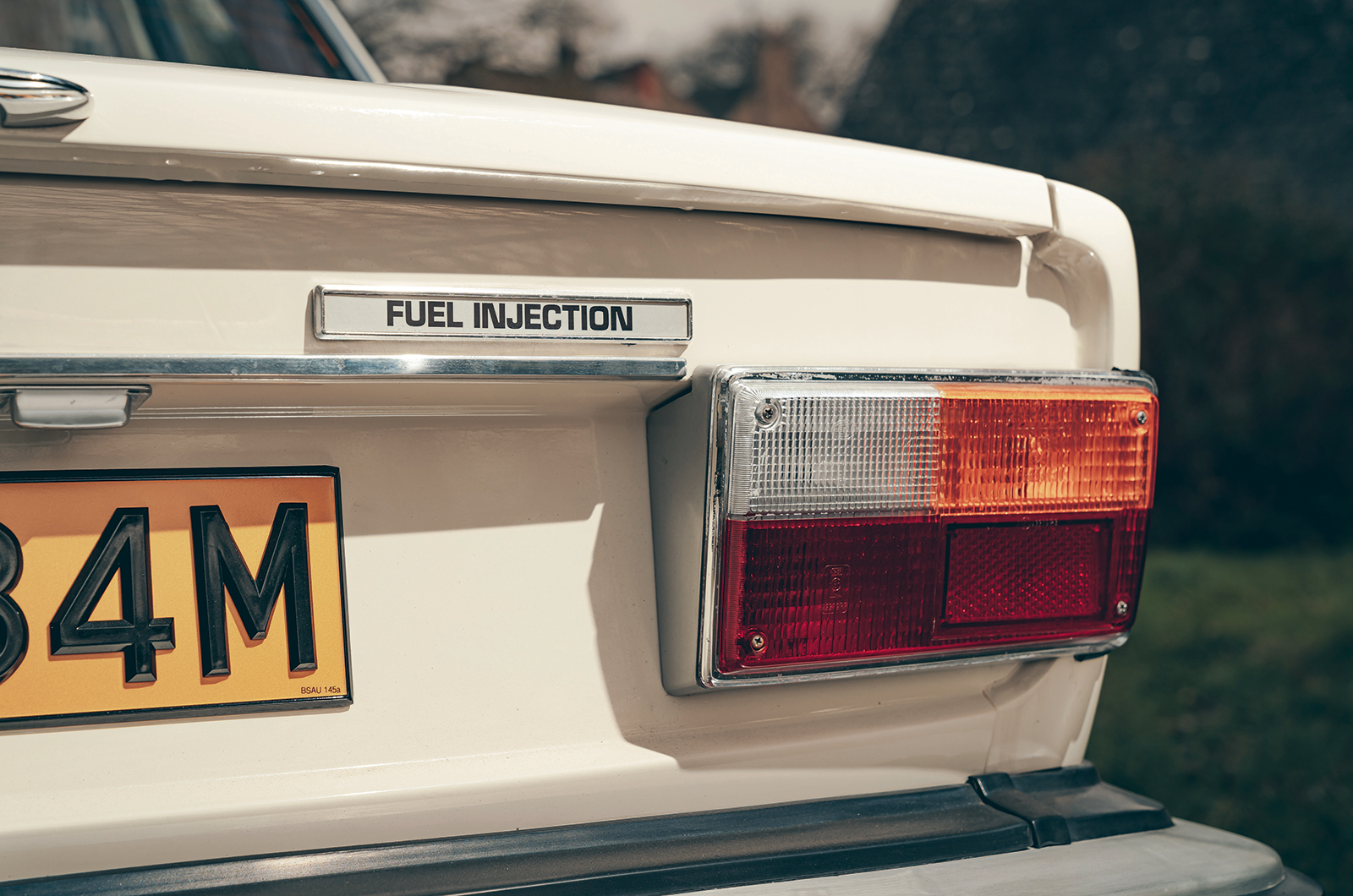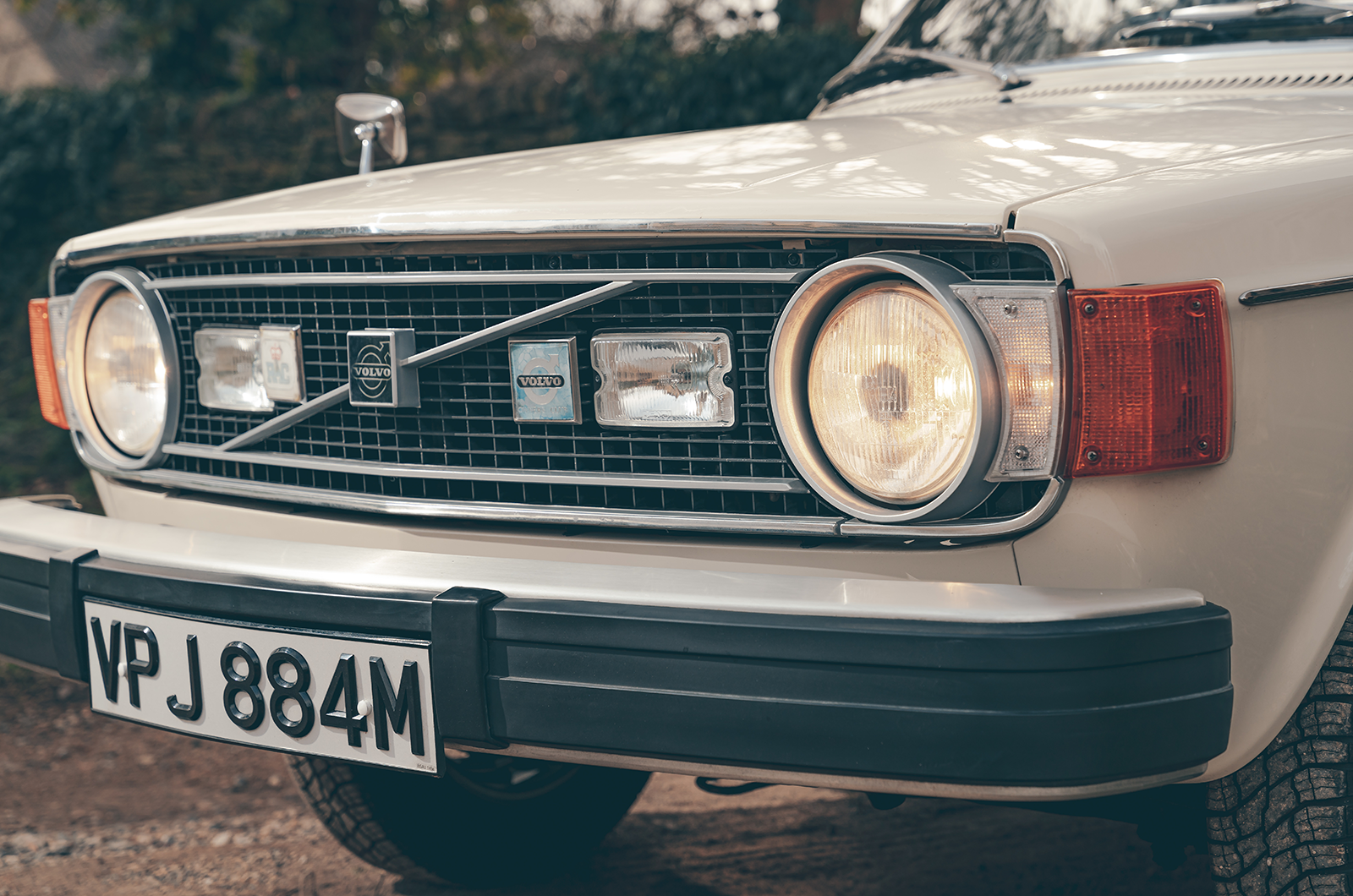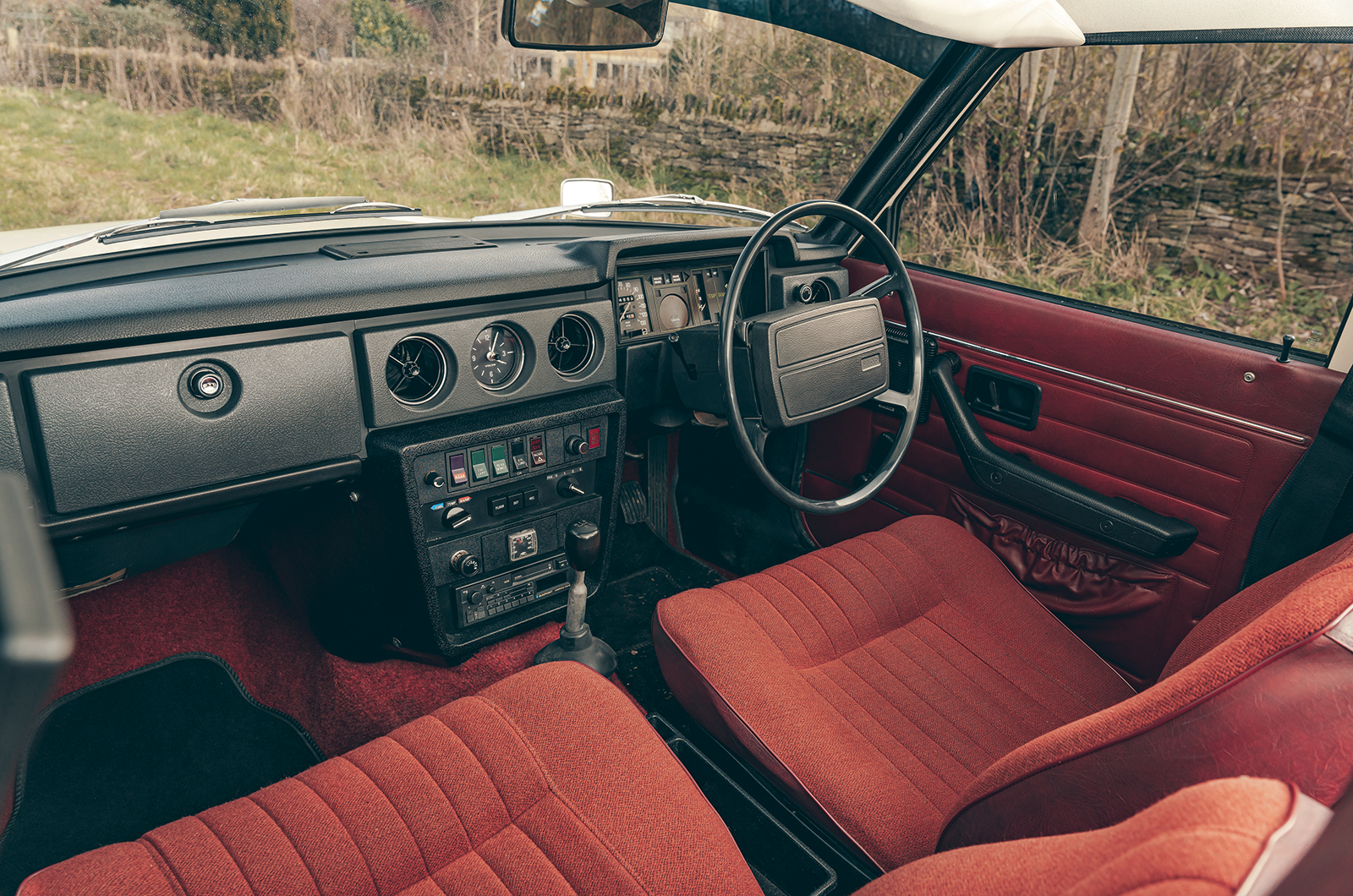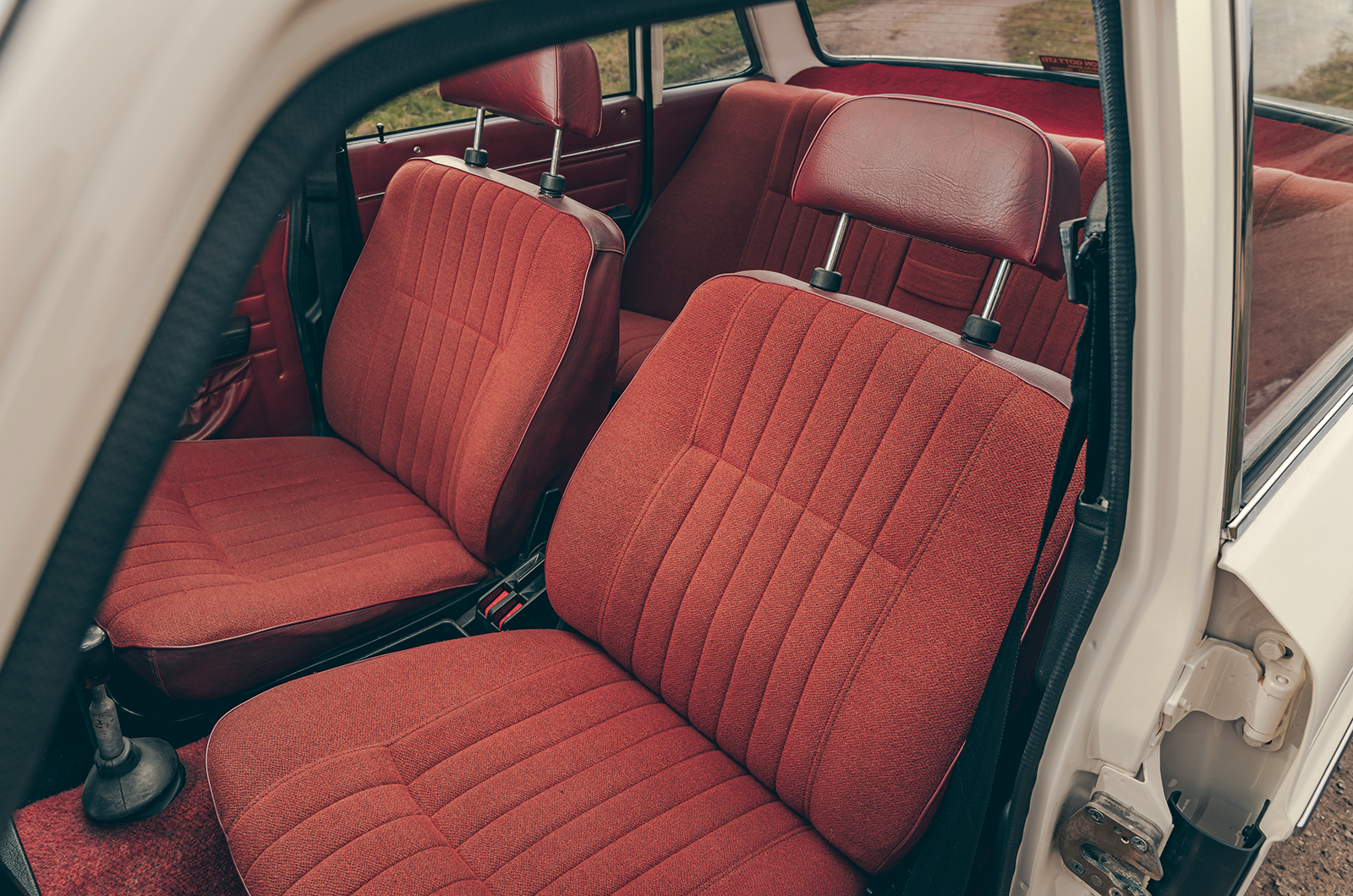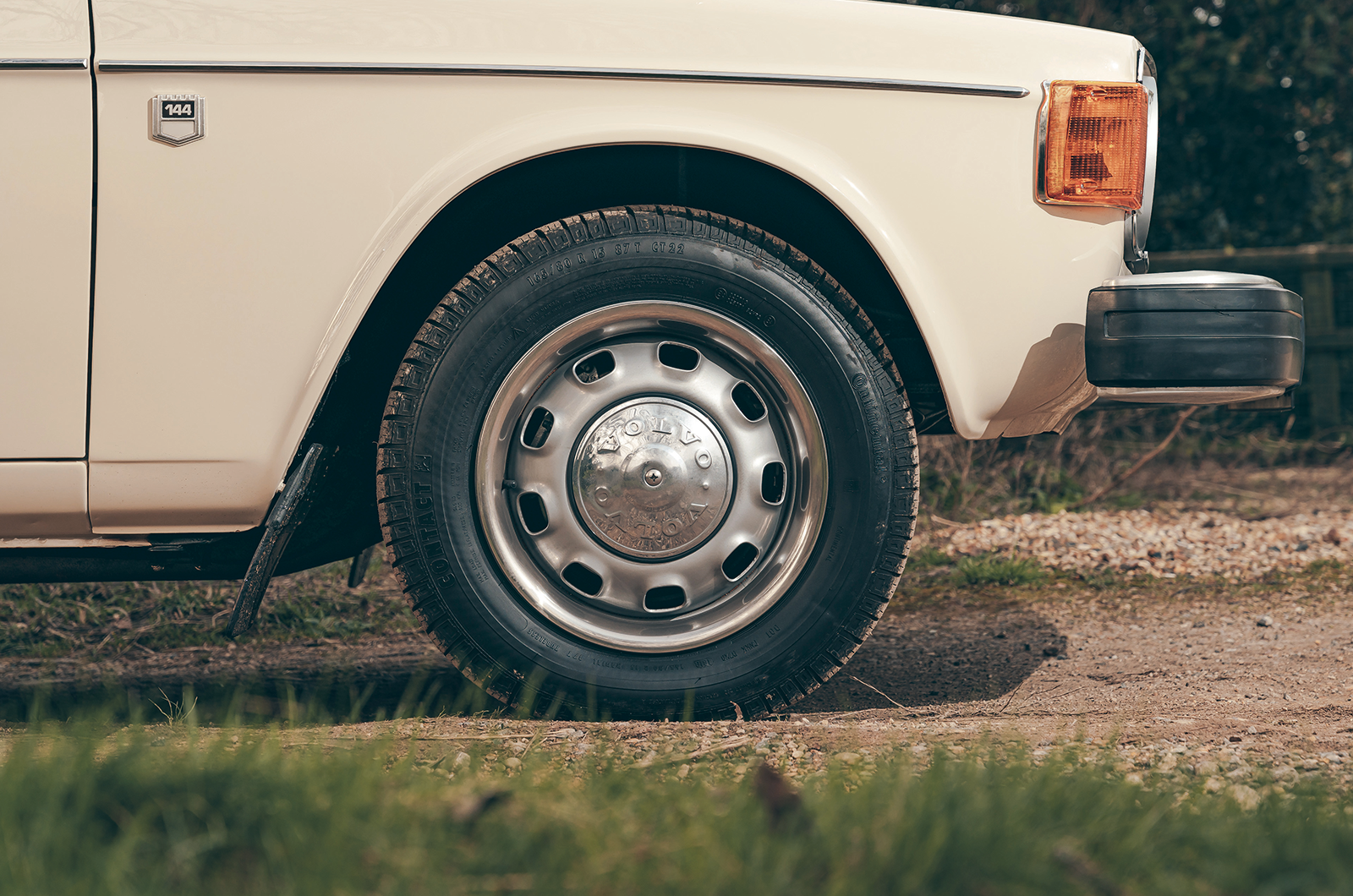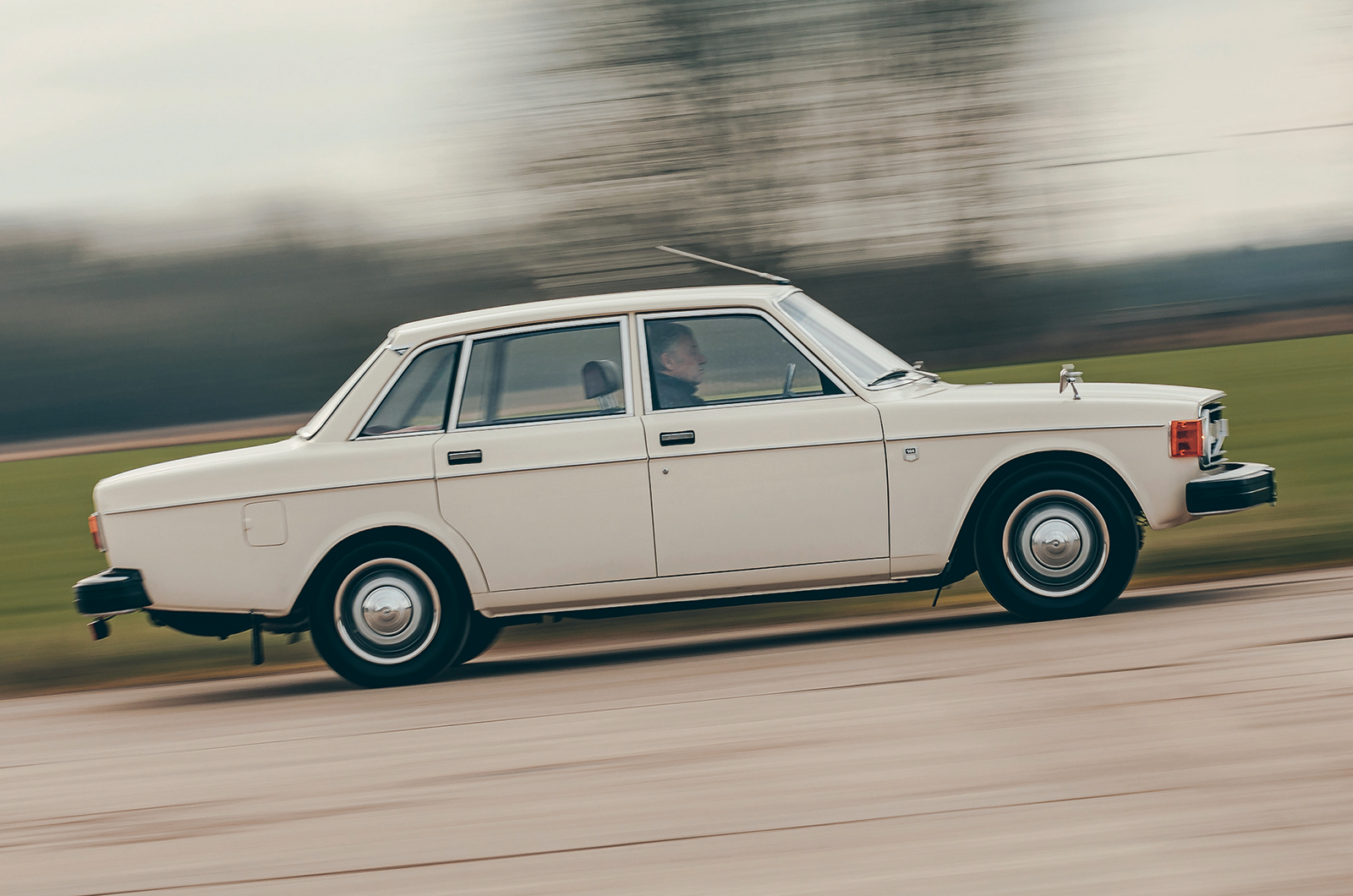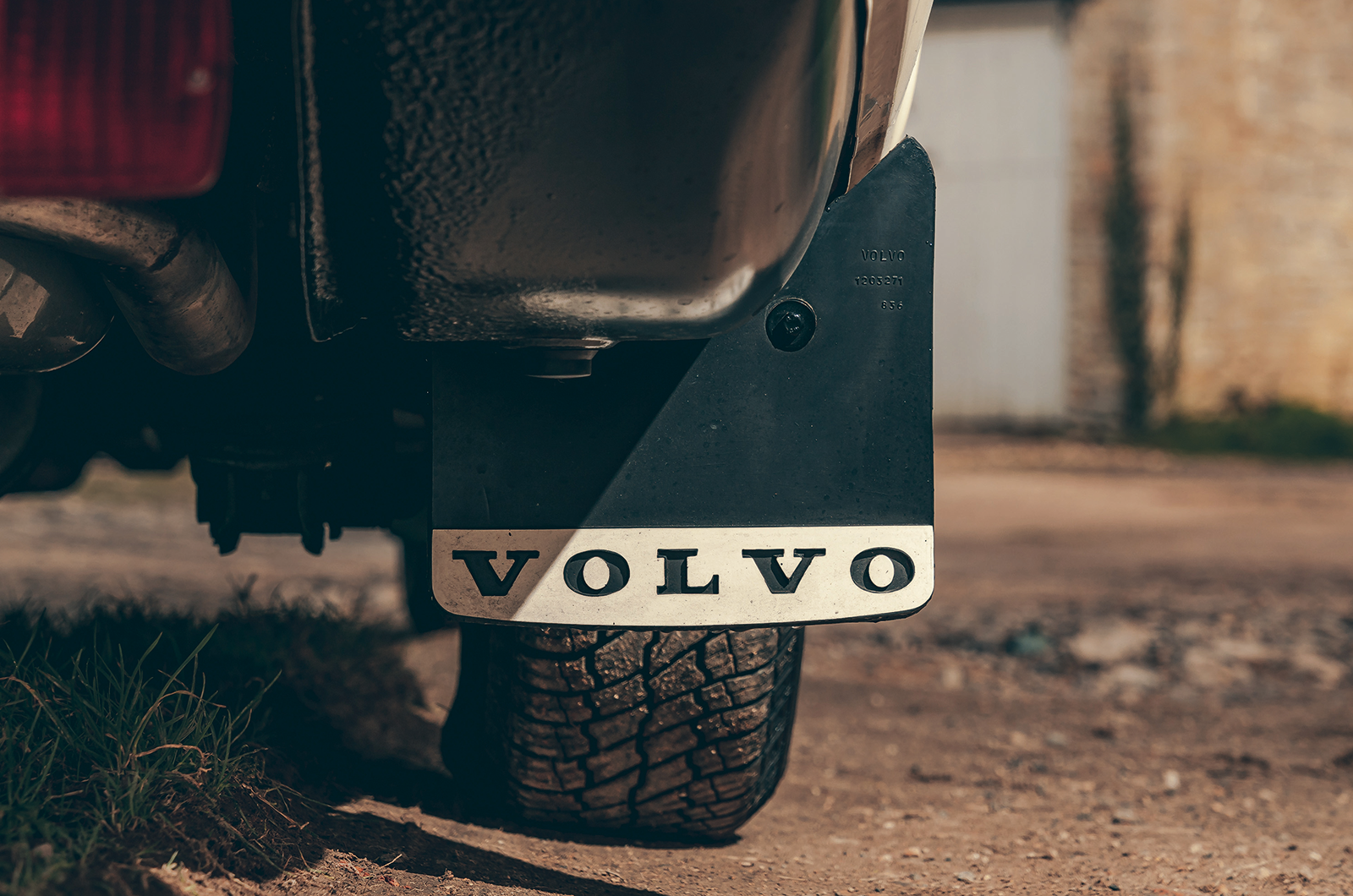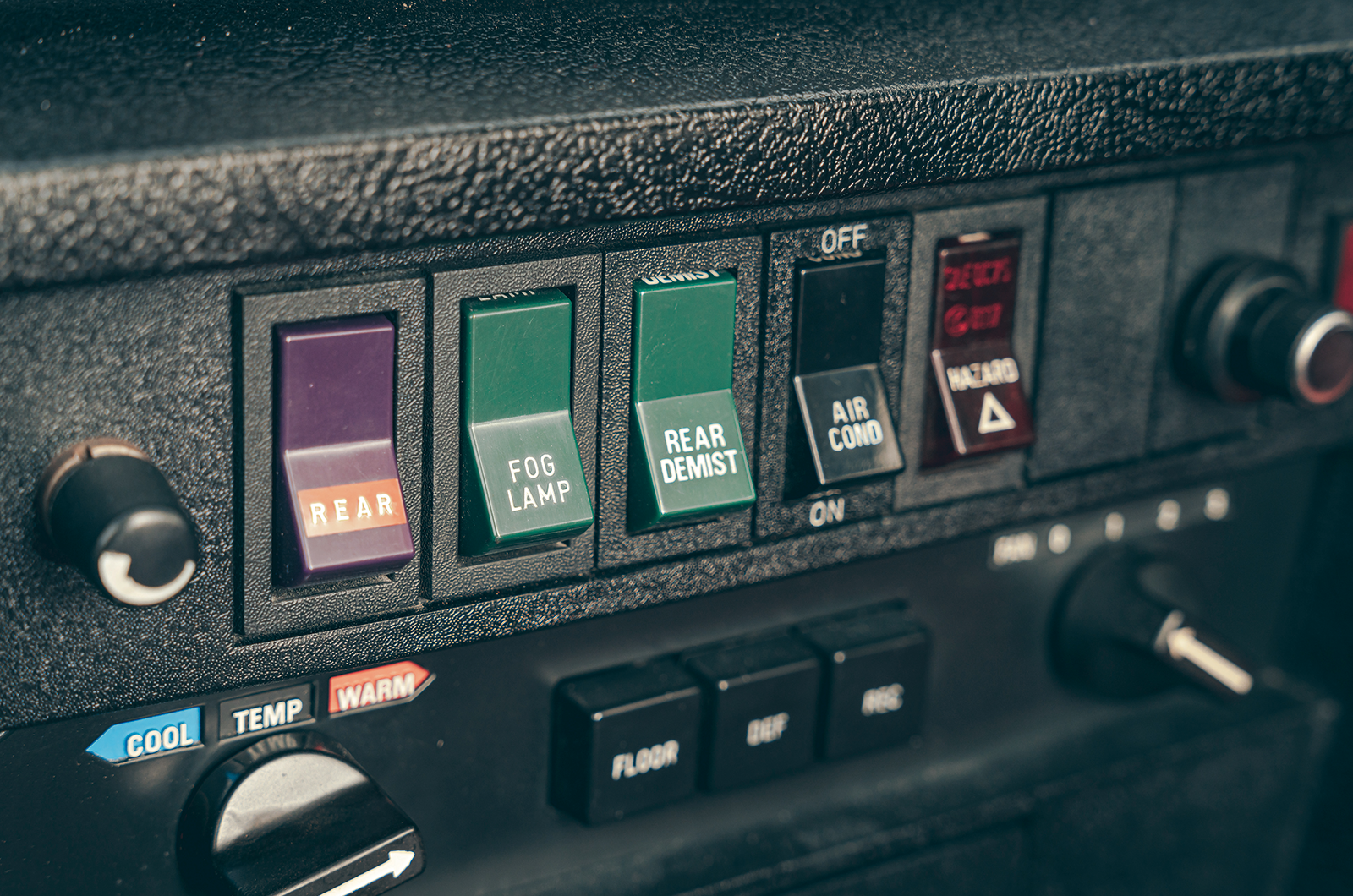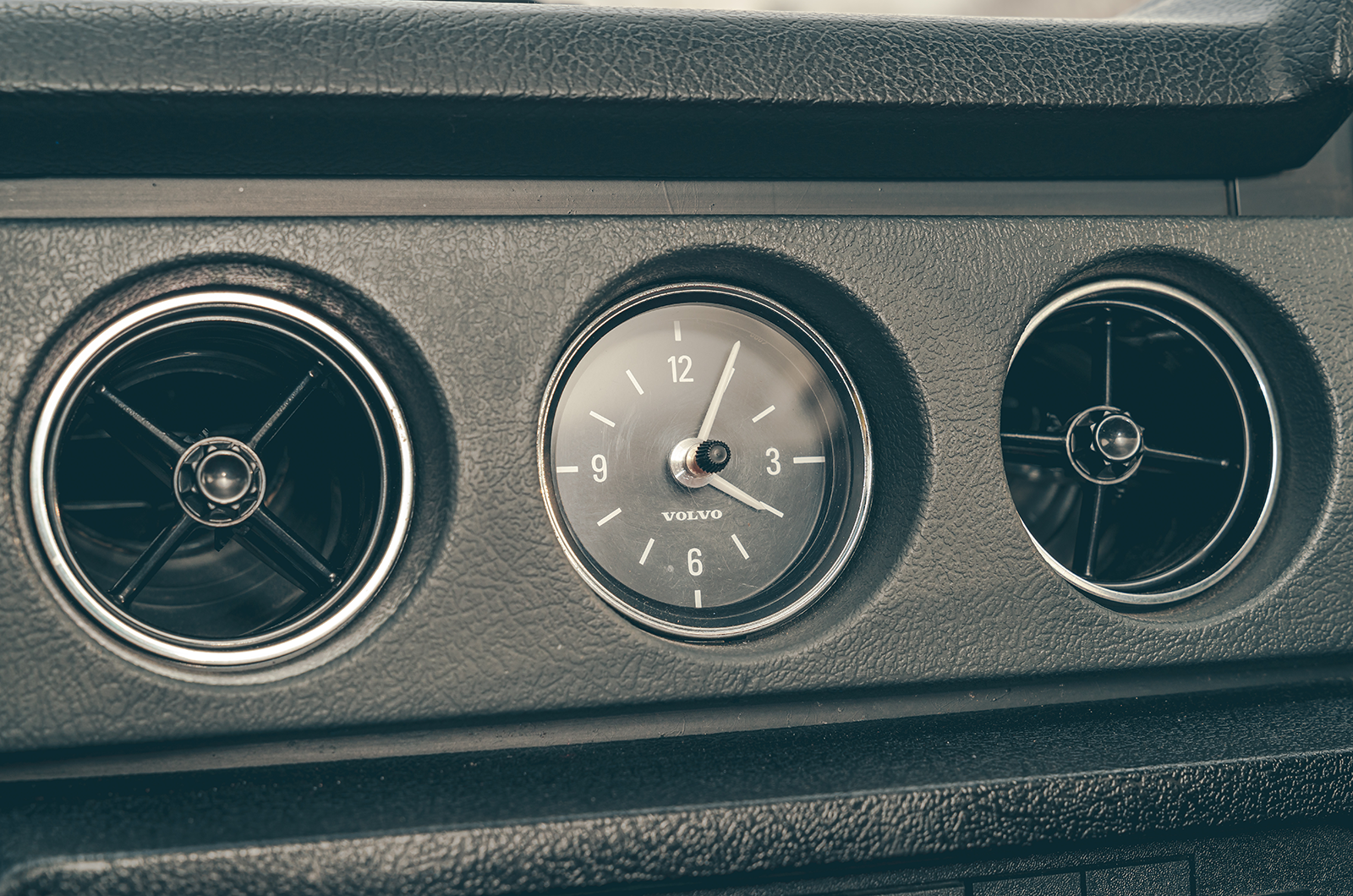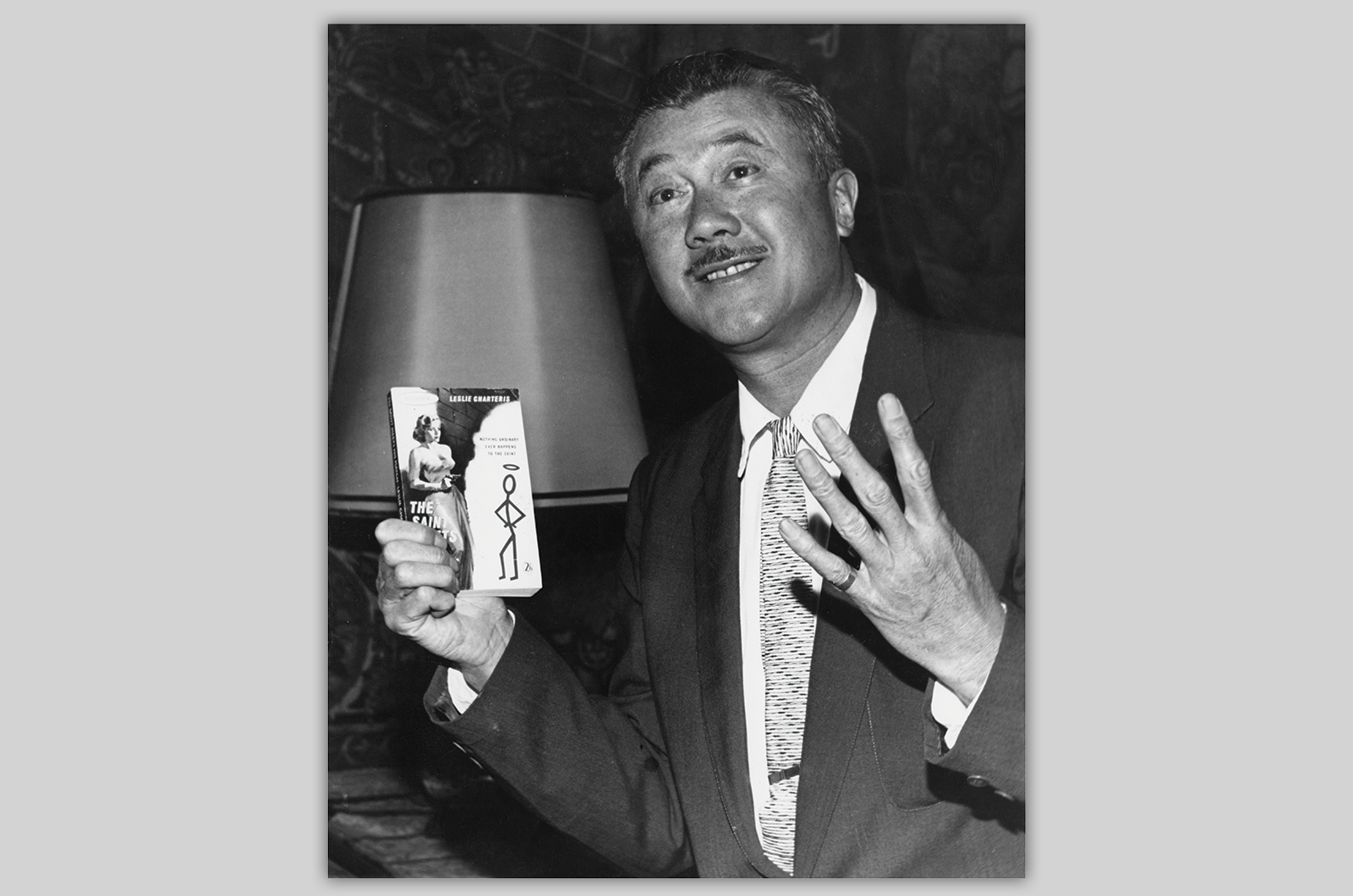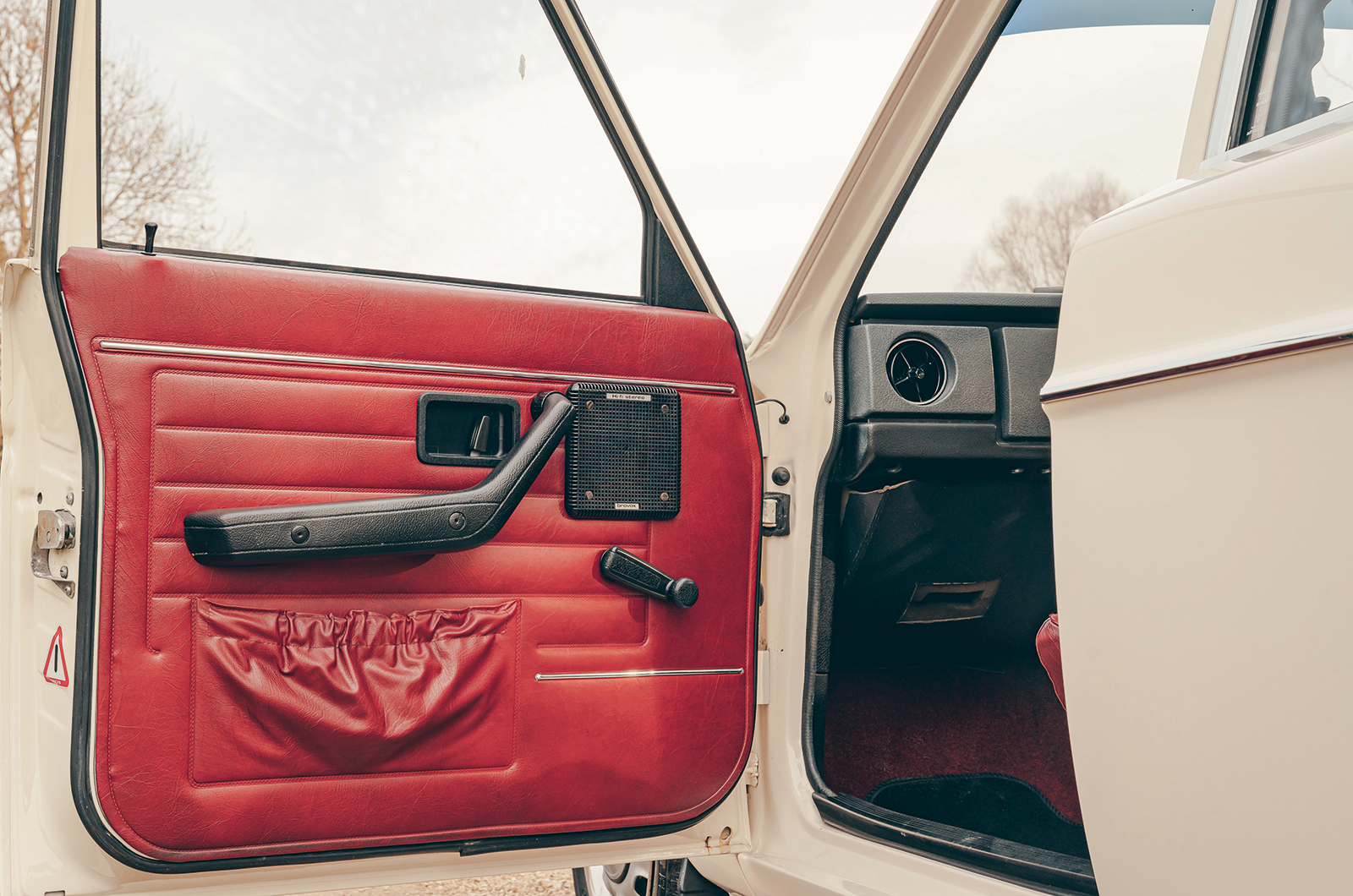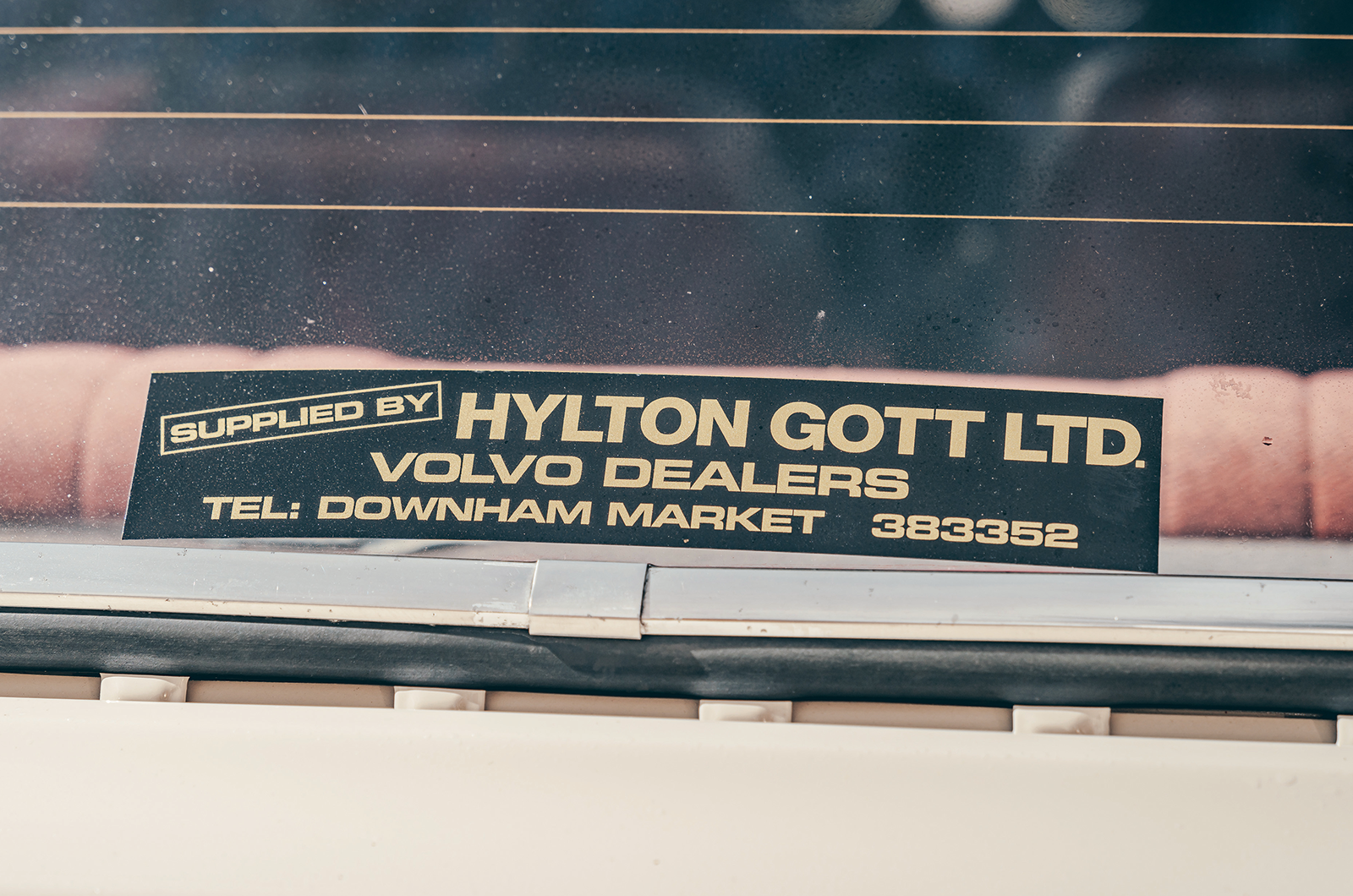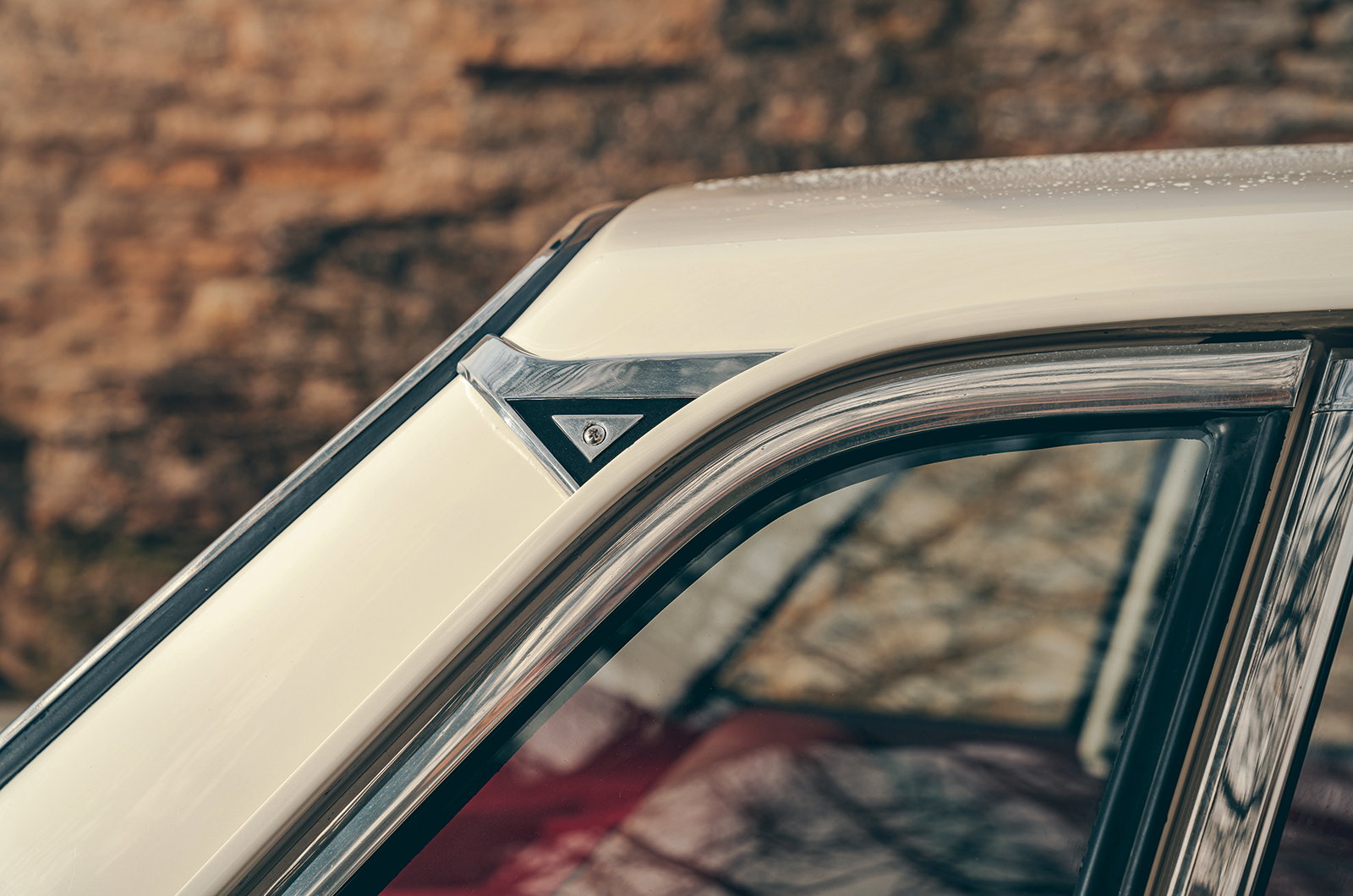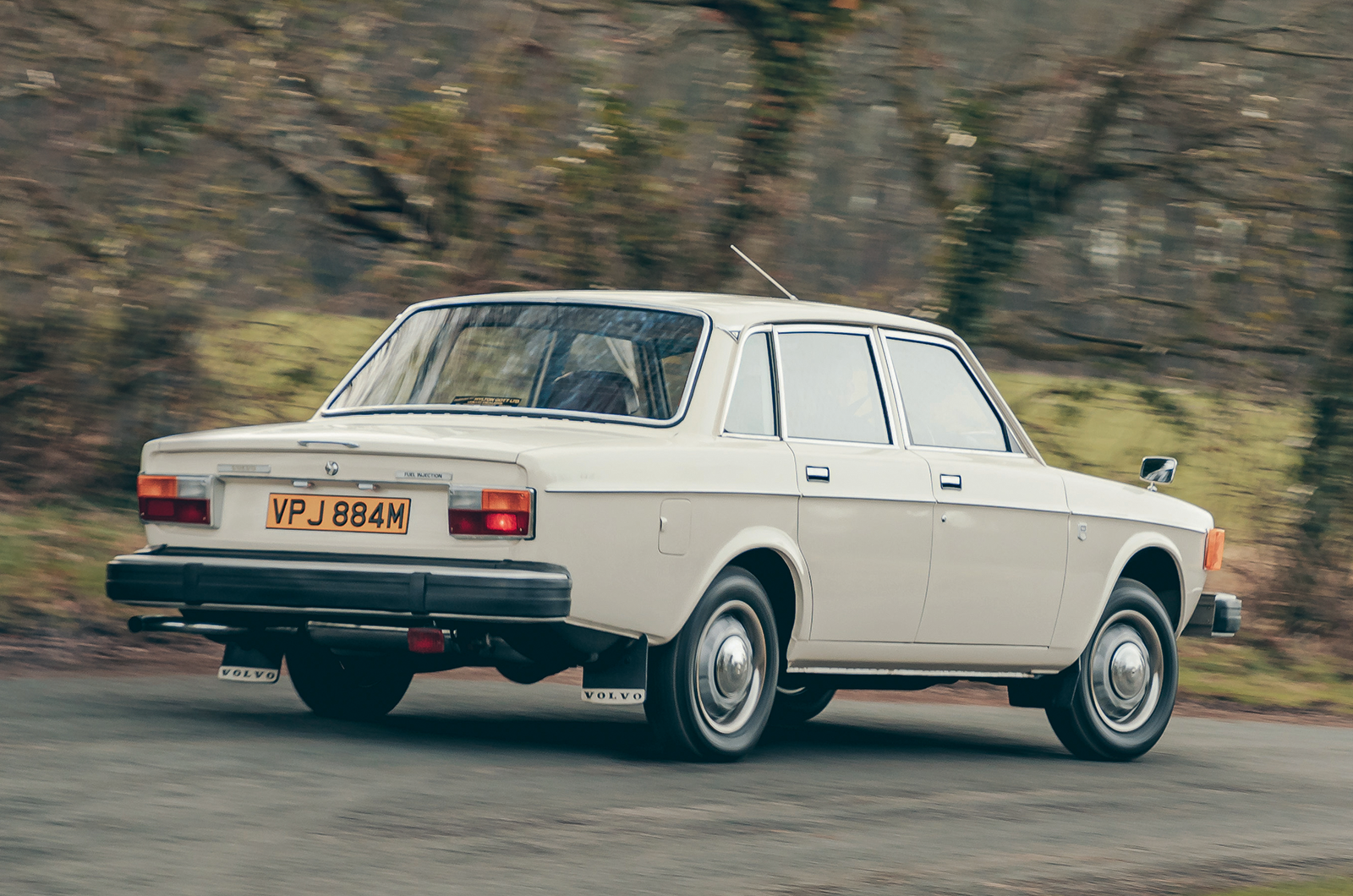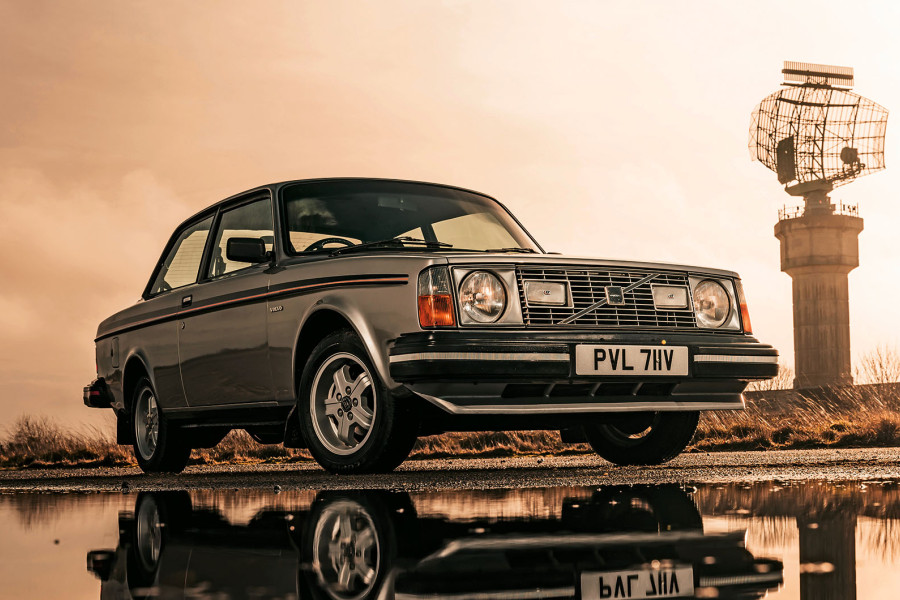In the context of its time, the Volvo 144E was a dependable means of transportation, with a solid, wholesome feel that was attractive to people who were merely looking for faithful service from a motor car, rather than the nuances of finely honed driver appeal.
This classic Volvo needed a thorough recommissioning
If some considered it a ‘sports saloon’, that was their problem.
Safety, durability and reliability were the priorities in Gothenburg, and 1.3 million satisfied customers apparently shared those sentiments.
So it is respect, not love, as far as the Volvo 144E goes.
Yet I can see the appeal of a 21st-century iteration of this classic boxy-but-good Swede: a simple, rational ‘car for life’ with minimal electronics and no particular performance or luxury aspirations, but elevated durability and repairability.
‘I can see the appeal of a 21st-century iteration of this classic, boxy but good Swede: a simple, rational car for life’
Instead of a box of tricks that takes hours to charge and probably won’t take you as far as you thought, how about an easy-to-repair, combustion-engined machine inspired by the back-to-basics 140/240 Volvo?
Not an SUV that confuses ‘safety’ with ‘obesity’ (or causes huge scars to be wrought in the earth so people can feel better about themselves), but merely a tough, unassuming, family-sized saloon or estate.
The sort of practical device that might keep the joyless, hand-wringing, EV-driving doom-mongerers happy, on the basis that it would last virtually for ever, thus causing fewer new cars to be built, yet would, by means of certain modern techniques, not need to drive like a ’70s-style shed. Discuss…
Images: Max Edleston
Thanks to: Volvo Cars UK
Factfile
Volvo 144E
- Sold/number built 1972-’74/523,808 (all 144s)
- Construction steel unitary
- Engine all-iron, ohv 1986cc ‘four’, Bosch K-Jetronic fuel injection
- Max power 115bhp @ 6000rpm
- Max torque 116lb ft @ 3500rpm
- Transmission four-speed manual, RWD
- Suspension: front independent, by wishbones, anti-roll bar rear live axle, trailing arms; coil springs, telescopic dampers f/r
- Steering cam and roller
- Brakes Girling discs, with servo
- Length 15ft 8in (4775mm)
- Width 5ft 7½in (1715mm)
- Height 4ft 9½in (1461mm)
- Wheelbase 8ft 7in (2616mm)
- Weight 2720lb (1234kg)
- Mpg 22-27
- 0-60mph 12.5 secs
- Top speed 100mph
- Price new £2490
- Price now £10,000*
*Price correct at date of original publication
Enjoy more of the world’s best classic car content every month when you subscribe to C&SC – get our latest deals here
READ MORE
Driving the cars of The Saint: Volvo P1800, Jaguar XJ-S, Jensen Interceptor and Volvo C70
Driving the forgotten Volvo PV60
25 times Volvo surprised the world
Martin Buckley
Senior Contributor, Classic & Sports Car
